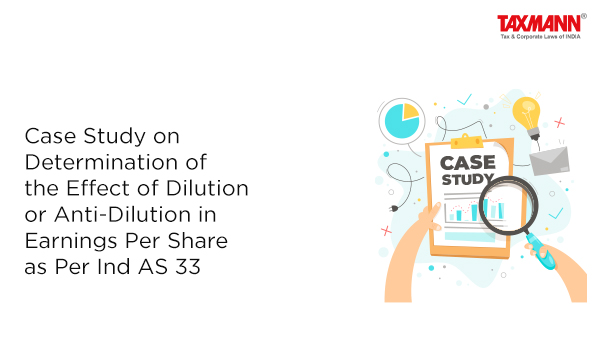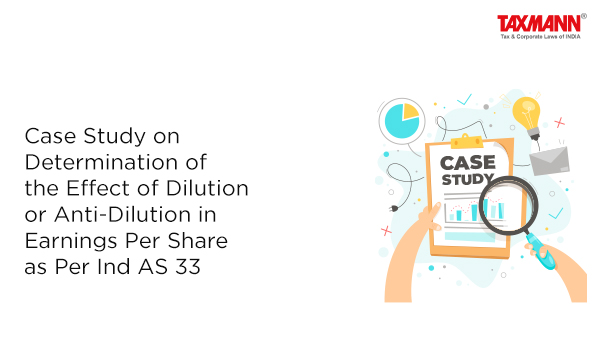
Para 44 of Ind AS 33, Earnings per share, states that in determining whether potential ordinary shares are dilutive or anti-dilutive, each issue or series of potential ordinary shares is considered separately rather than in aggregate. The sequence in which potential ordinary shares are considered may affect whether they are dilutive. Therefore, to maximize the dilution of basic earnings per share, each issue or series of potential ordinary shares is considered in sequence from the most dilutive to the least dilutive, i.e. dilutive potential ordinary shares with the lowest ‘earnings per incremental share’ are included in the diluted earnings per share calculation before those with a higher earnings per incremental share. Options and warrants are generally included first because they do not affect the numerator of the calculation
In this story, we have discussed the impact of dilution or anti-dilution on earnings per share showing and discussing dilution or anti-dilution due to outstanding employee stock options, convertible debentures, and convertible preference shares. This story also sheds light on the order to include dilutive instruments and how not every dilution results in dilutive earnings per share.
Click Here To Read The Full Story
The post Case Study on Determination of the Effect of Dilution or Anti-Dilution in Earnings Per Share as Per Ind AS 33 appeared first on Taxmann Blog.
